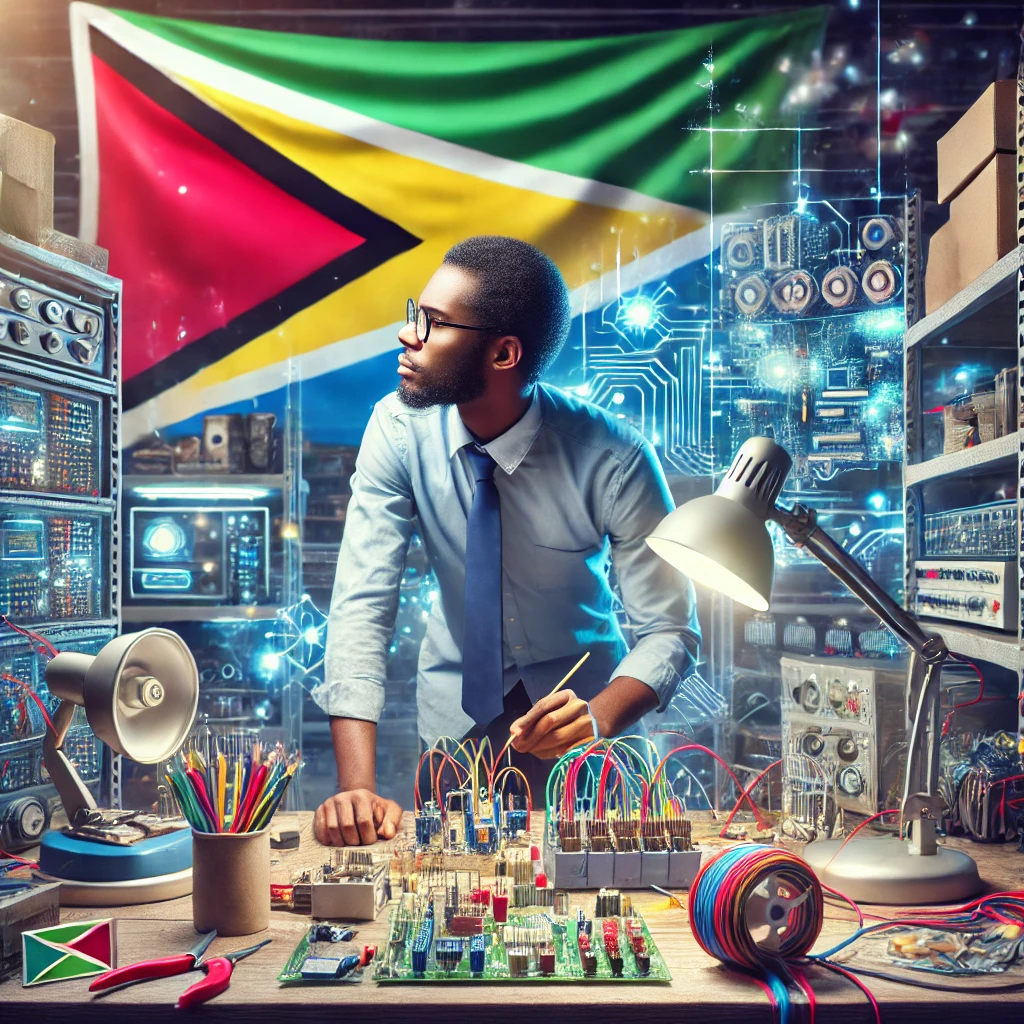I again advise the government to give up the Amaila Falls hydro project. Economists would be better able to handle the problematic sourcing of funds, so I would like to comment in my capacity as an energy technologist with some plain figures.
At the last quoted price of US$858.1M for 165 MW, it works out at US$5.2 per watt. No one believes that price will not go up, and we are not even considering transmission and distribution (T&D). The US$2.2M contract for the “Design, Supply and Installation of a 150 kW hydropower plant on the Chiung River, at Kato Village, in Region Eight” signed by the APNU+AFC government in September of last year works out at US$14.7 per installed watt with T&D for that area only.
Now let me tell you that it is costing one of my clients, in 2020, GY$2.6M to put up a 6 kW solar power system with 10-year LiFePO4 batteries, which makes him independent of GPL power for 2 complete consecutive rainy days. At GY$218 to US$1 this works out to US$2 per installed watt (with wiring costs included). Even with 80% power factor in induction motor appliances, this is still much more attractive.
Therefore, the way to go is as I had written some years ago. Use the money to install solar power in homes, not large central stations. Where there are already central stations, grid-tie systems can bring down costs even more.
Start with the outlying hinterland areas. Remote and virtual education will require reliable power, so the Ministry of Education (MoE) has to get into the act. People using such systems must demonstrate that they are qualified to maintain them. Let the MoE provide the training as part of normal education in the 21st Century. Don’t wait for CXC to provide a syllabus. Let CXC use our model. Imagine neighbours cooperating with one another in this training! Internet connectivity can follow. This is also a way of government placing control in the hands of its people, and ultimately empowering those faced with hard choices to forego illegal moneymaking and contribute to their societies.
I see no obstacle to using the Norway funds and the oil revenues for getting the benefit of renewable energy to the people. When the oil runs out, this infrastructure and education will remain to be passed on.
Yours faithfully,
Alfred Bhulai
Think Engine Institute & Energy Services










